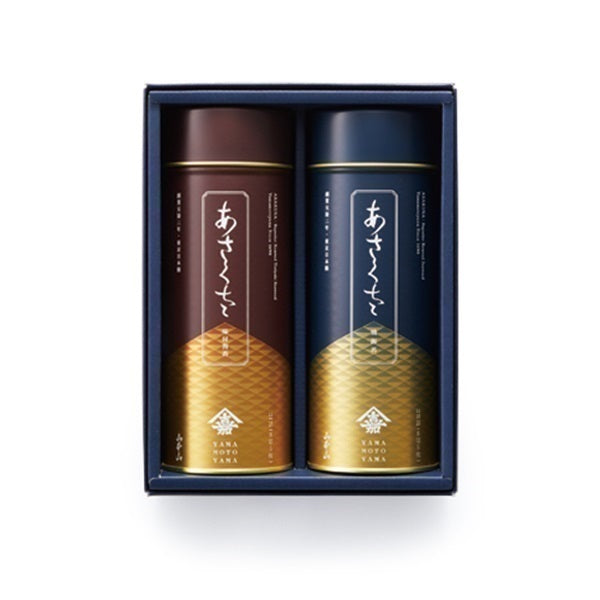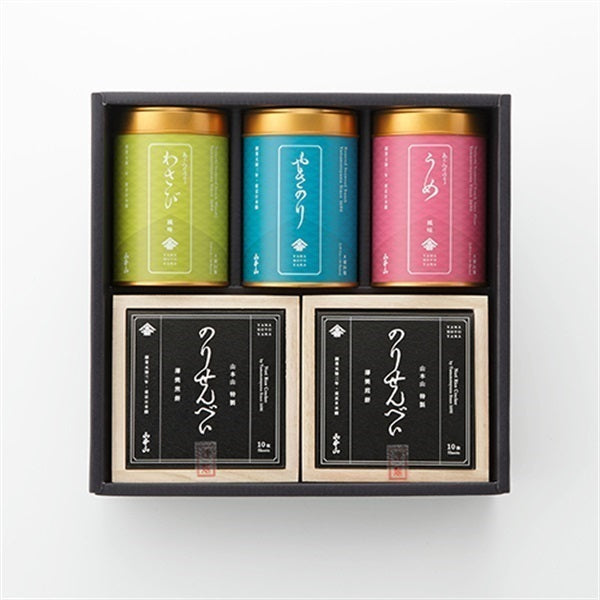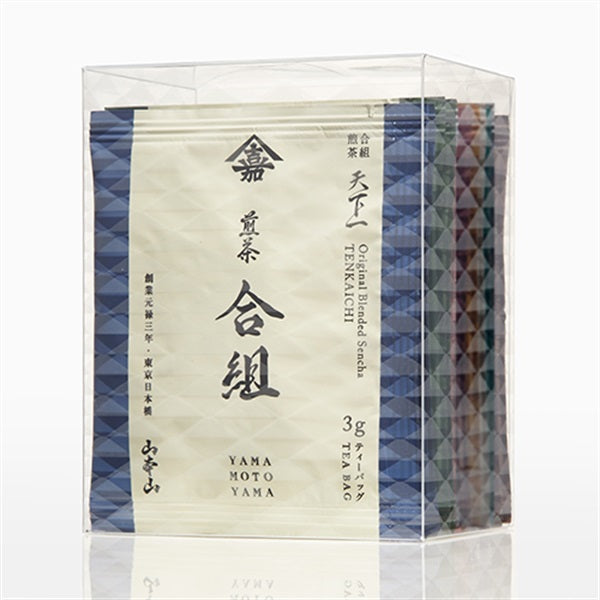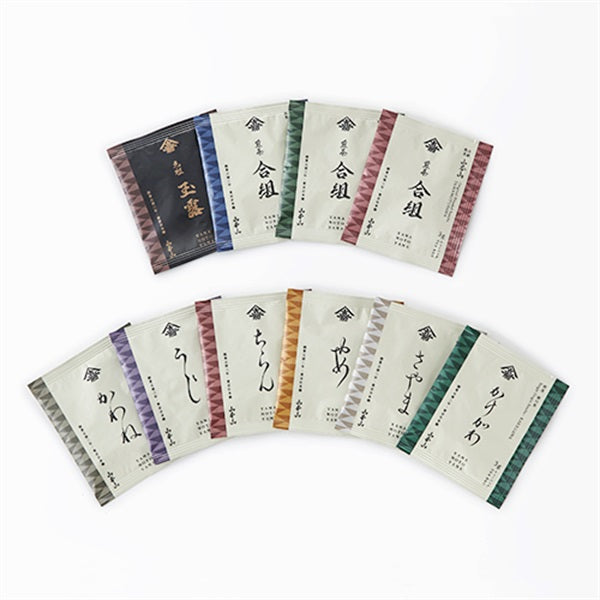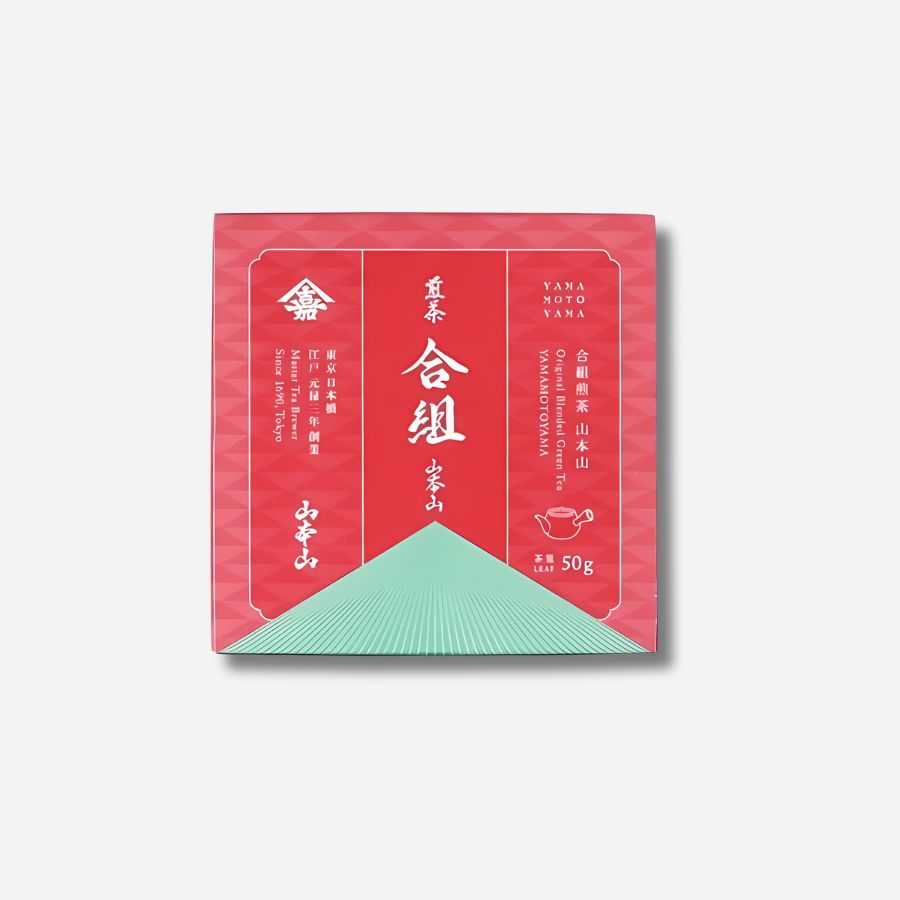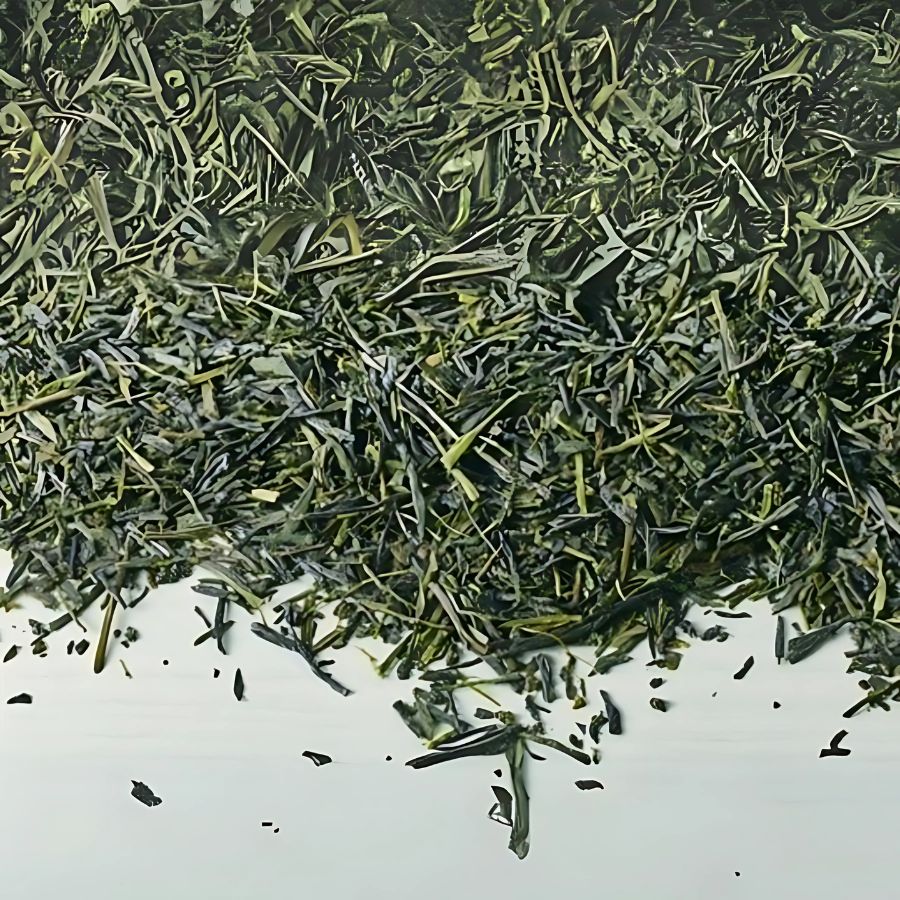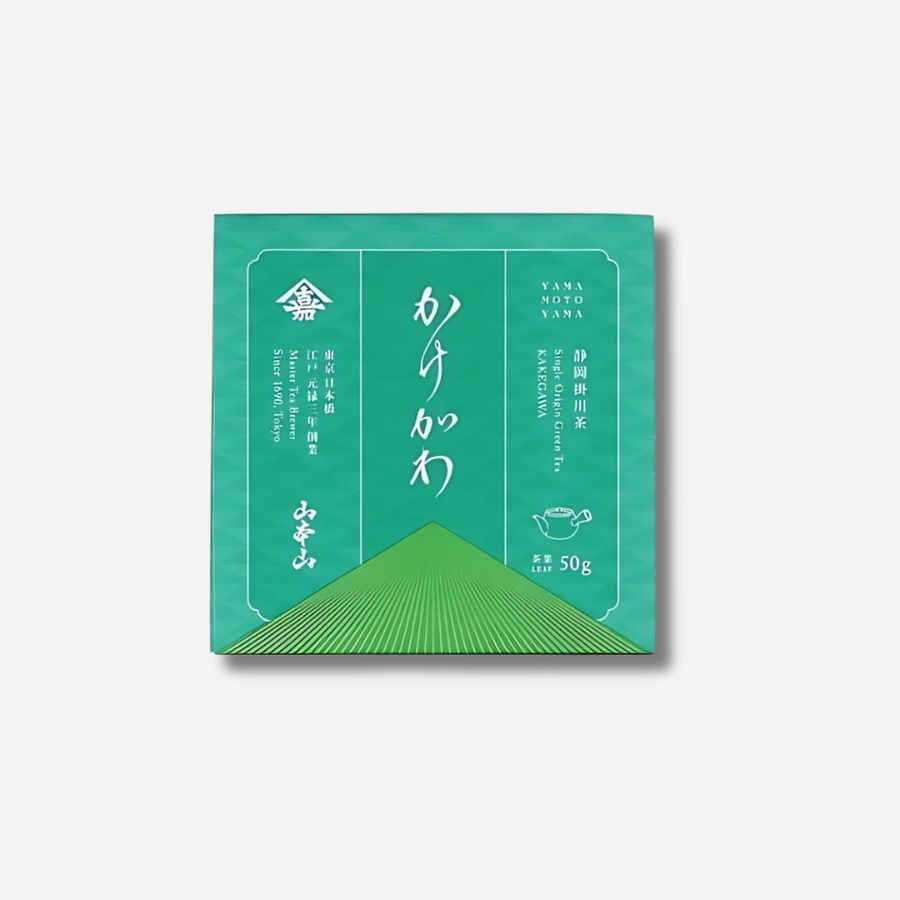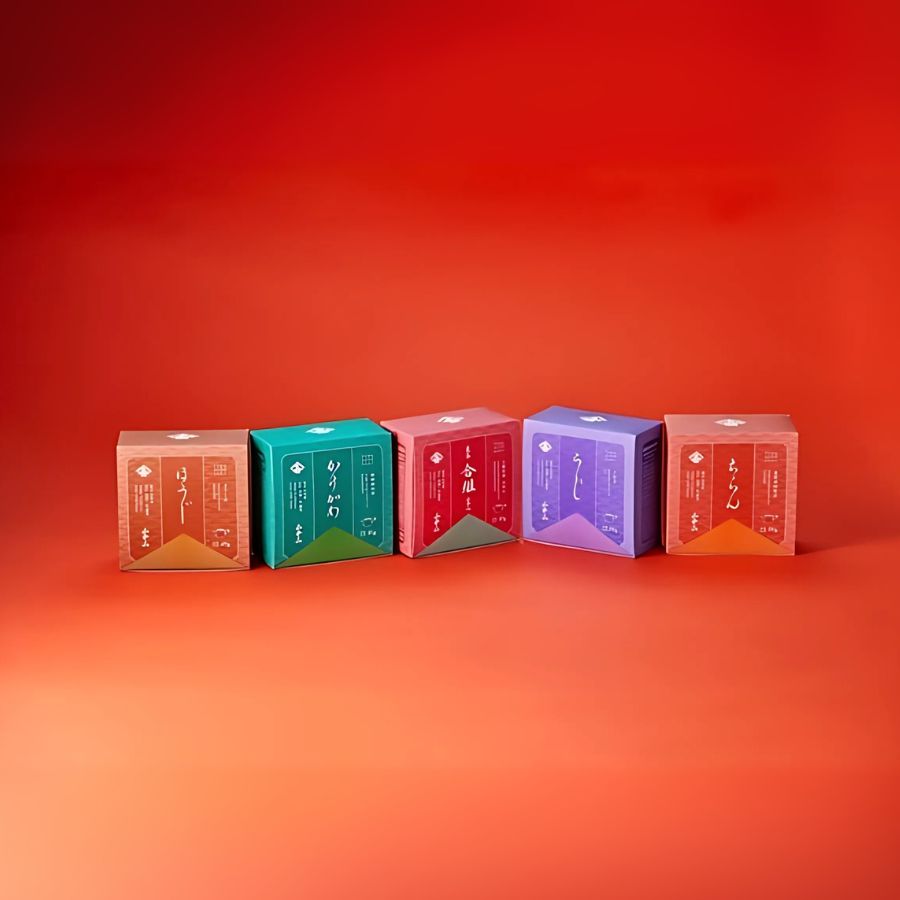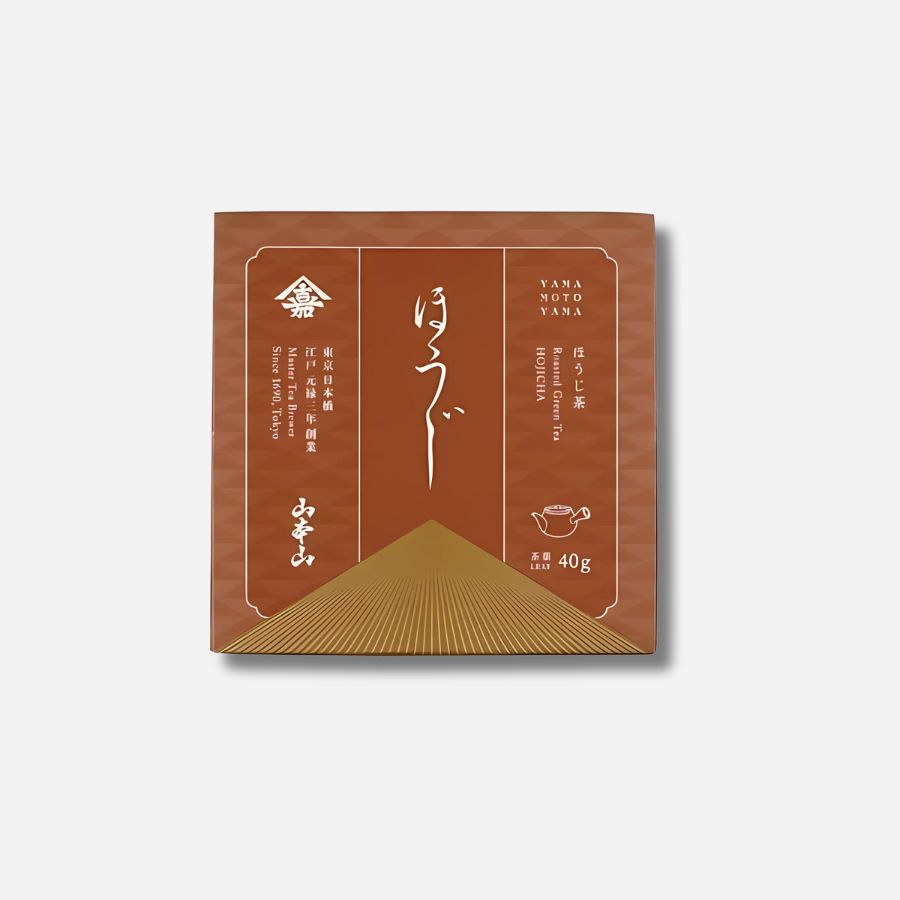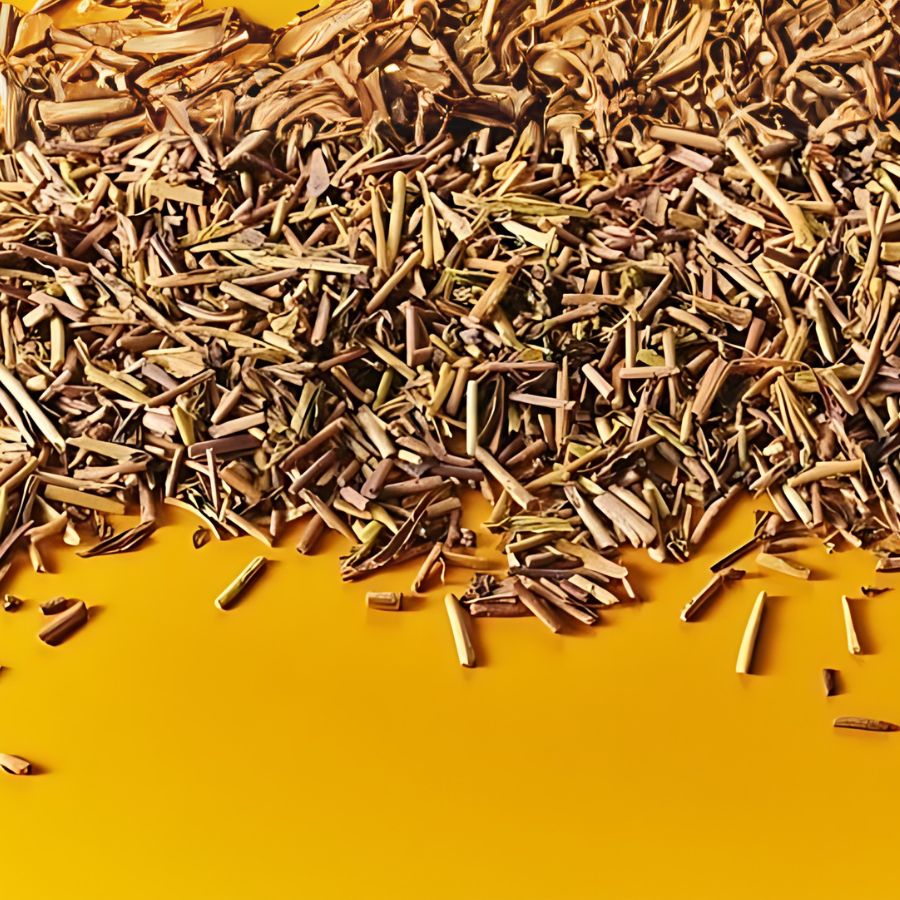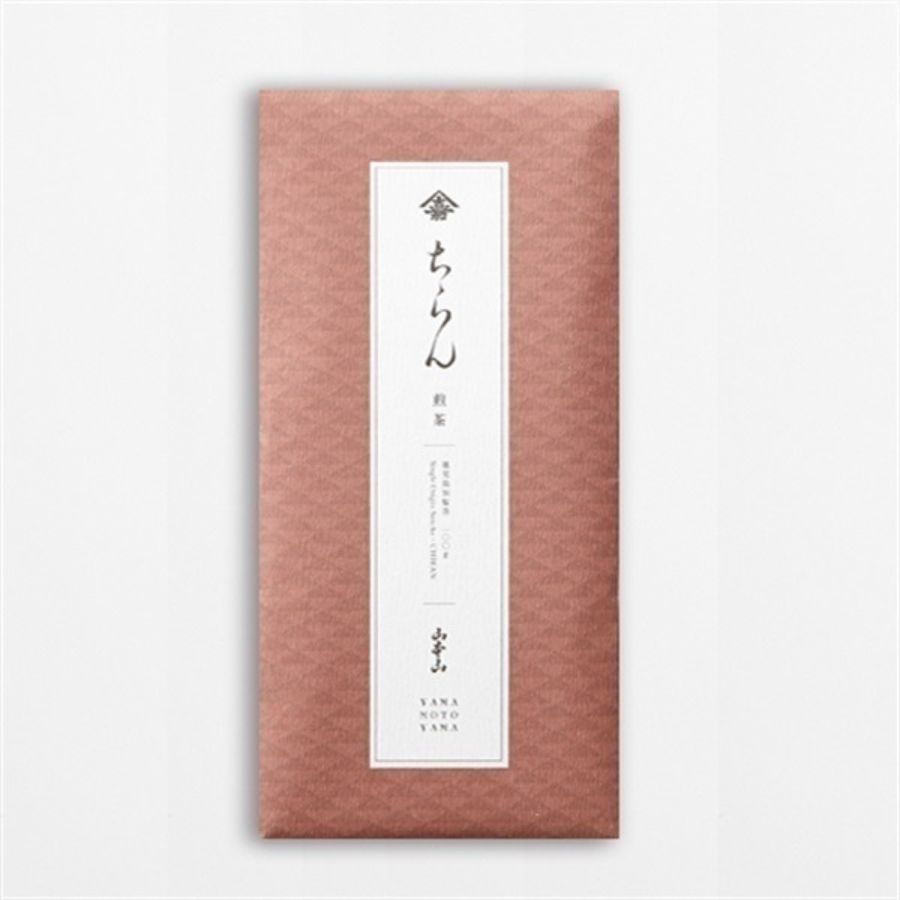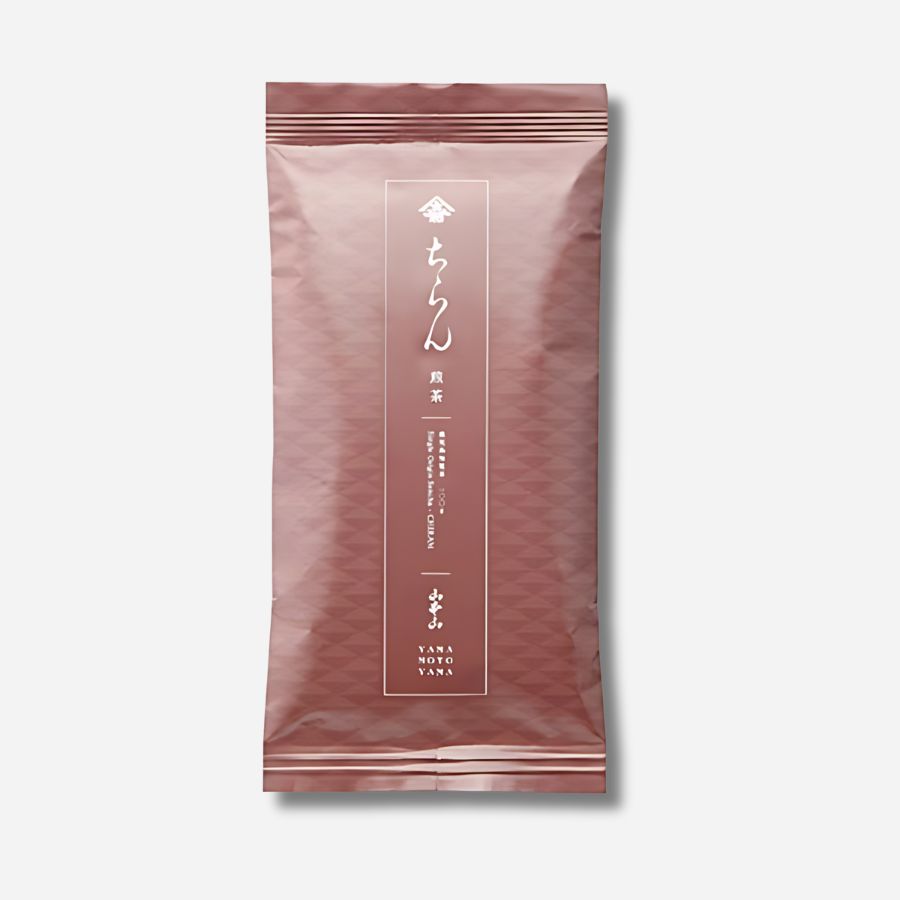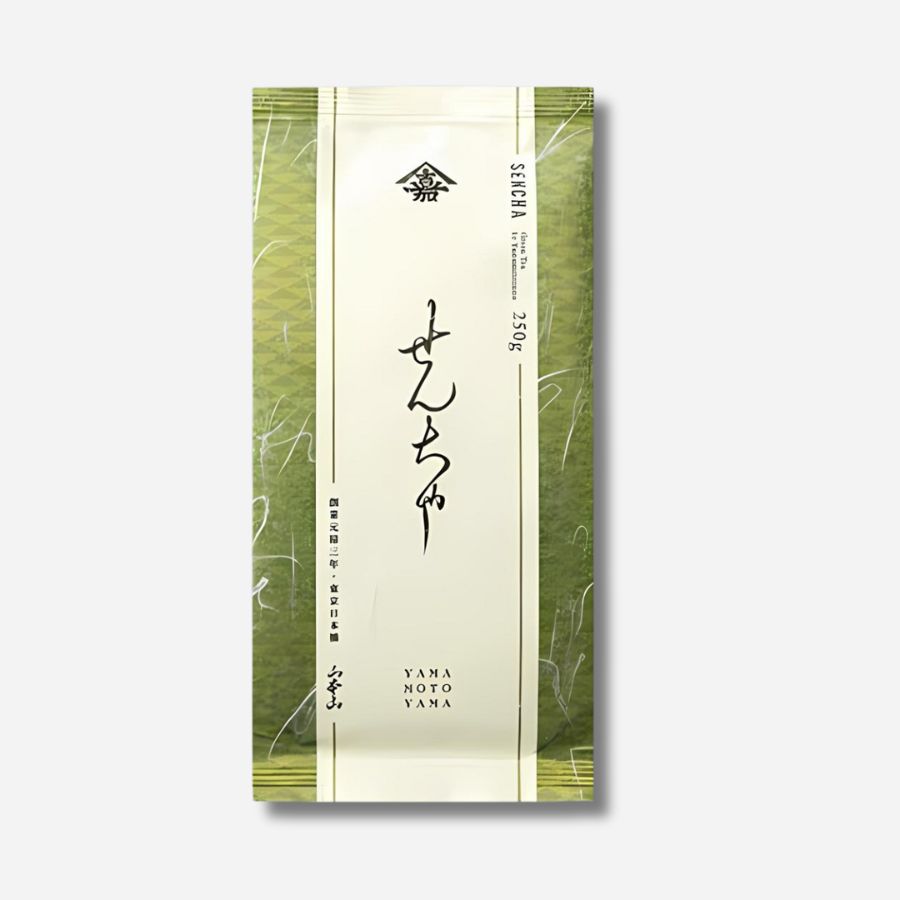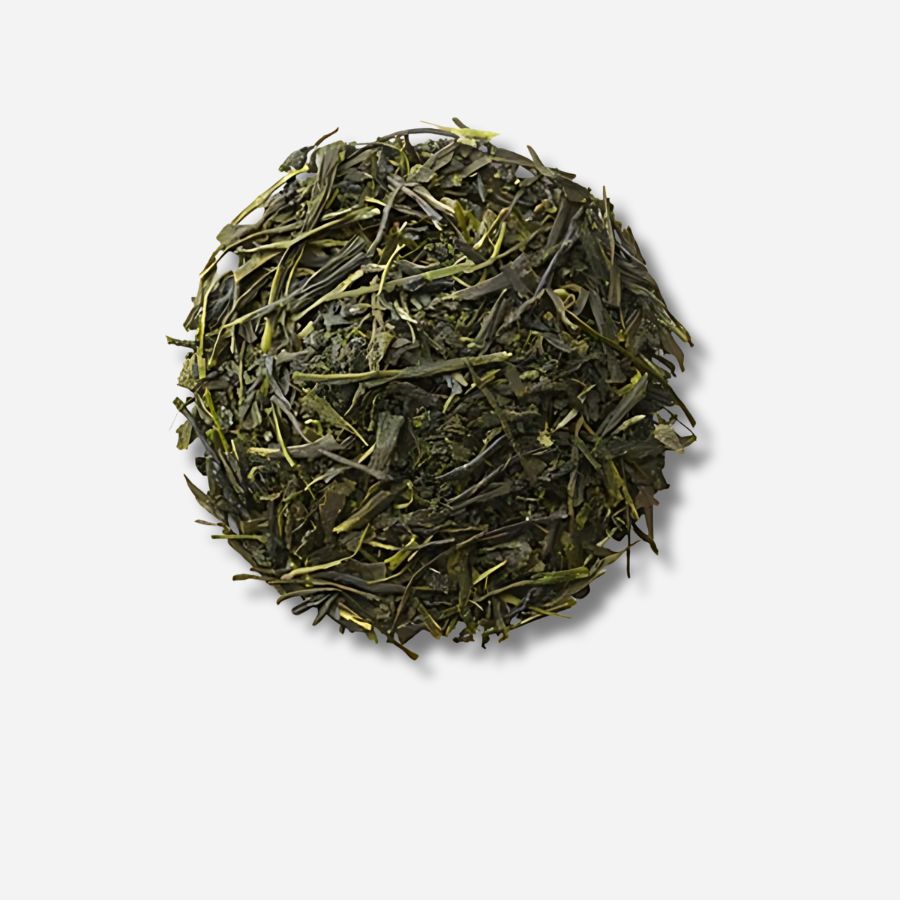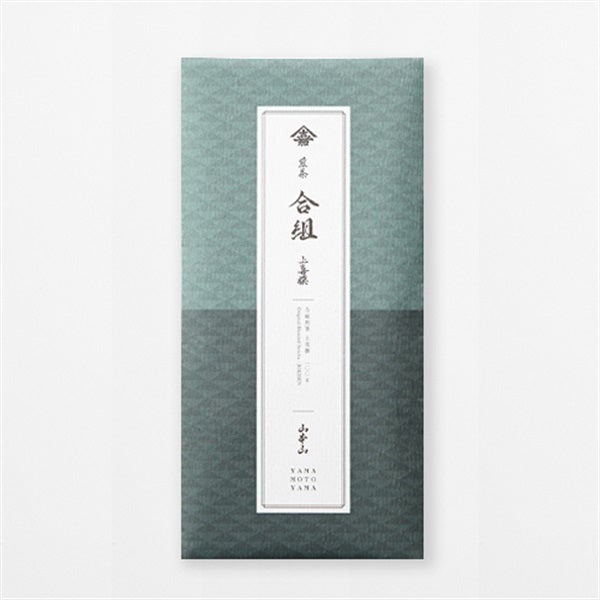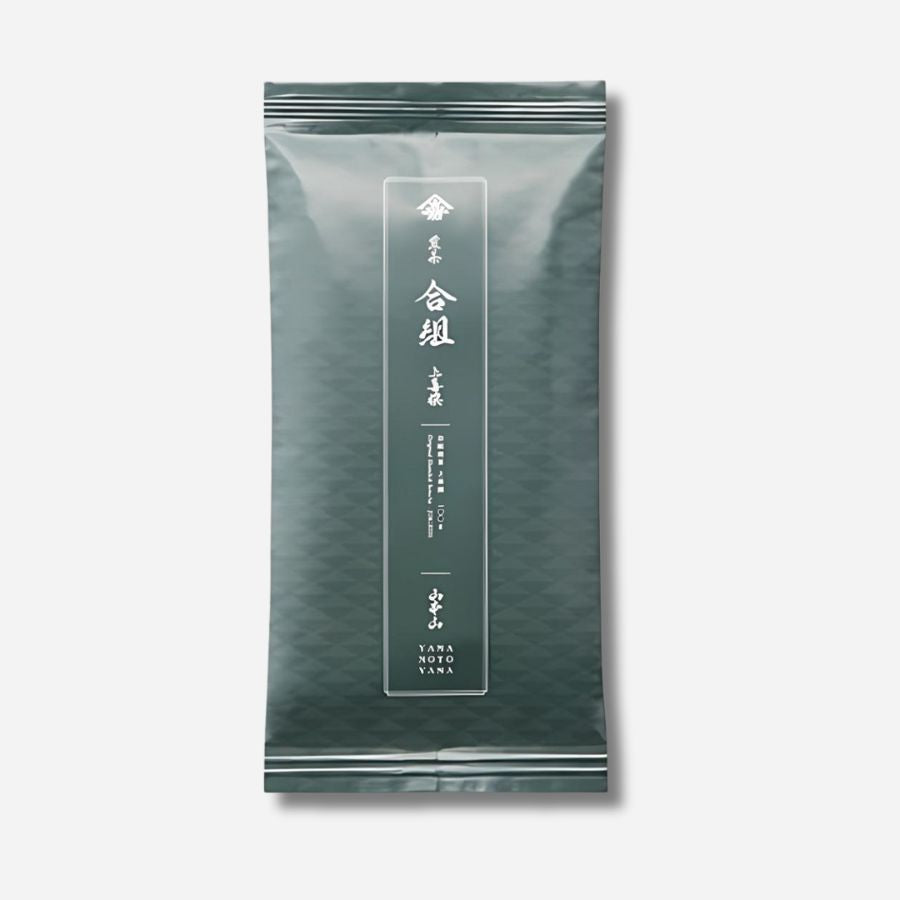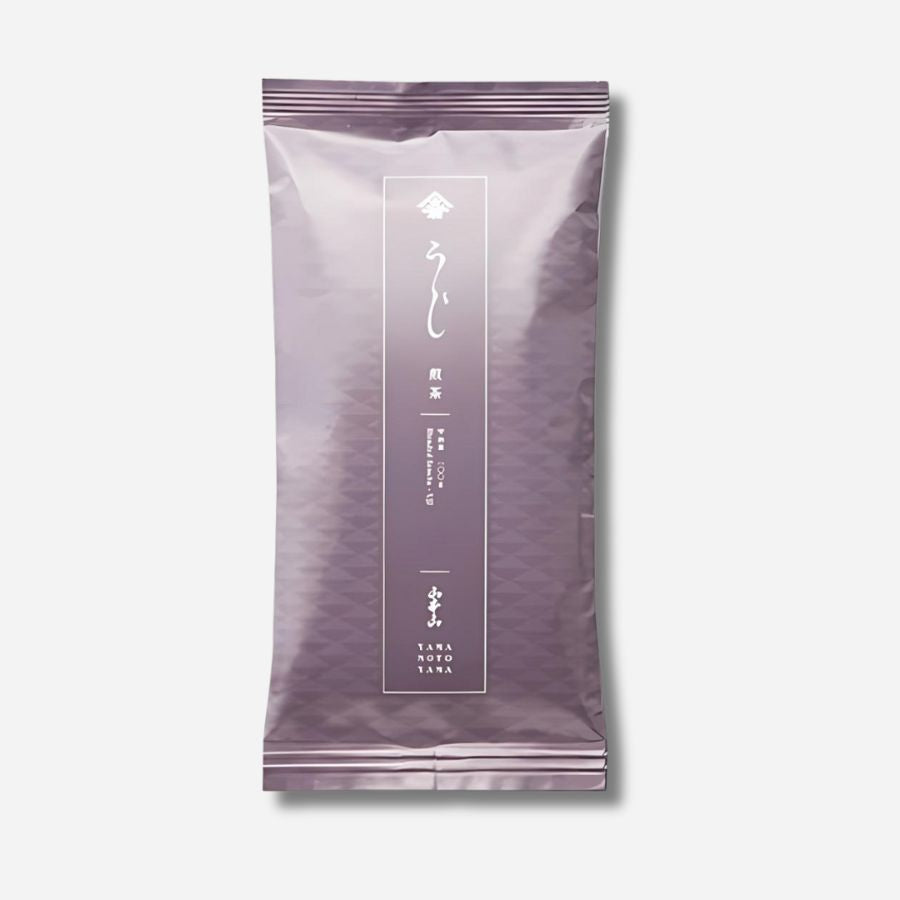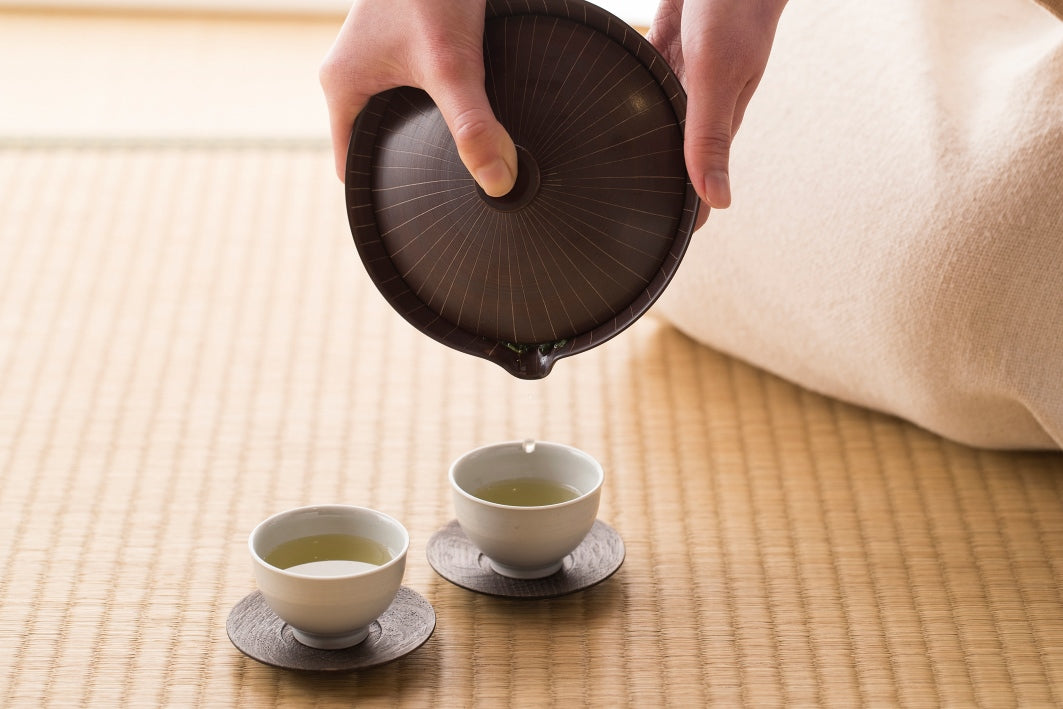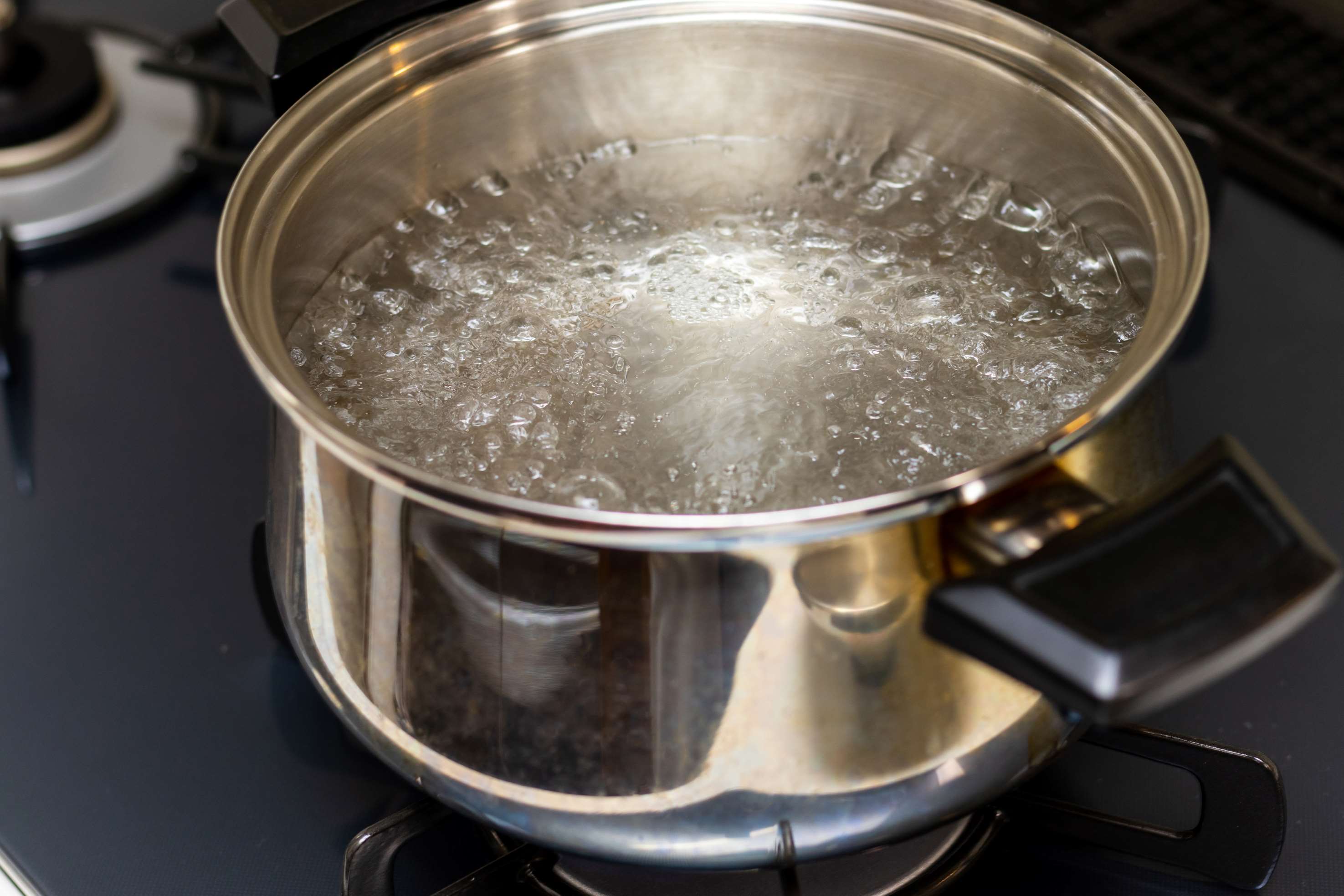
Be careful in the humid season! Fight off food poisoning with green tea
Introduction
As humidity and temperatures rise in the coming season, food poisoning becomes a concern.
By the way, what do you usually drink with your meals?
Recently, more and more people are choosing bottled water, and it seems that more and more restaurants are offering just water instead of tea.
However, you need to be careful when choosing water to drink with your meals, especially if it is hard water.

Generally, commercially available mineral water is rich in minerals such as calcium.
Although the body needs these, if you consume too many of them with a meal, they can bind with stomach acid in the stomach, diluting the acid and interfering with the action of digestive enzymes.
This can slow down the digestion of food and lead to stomach upset and indigestion.
For people with kidney disease, adjustments to mineral intake may be necessary.

The hidden power of green tea: Catechins that protect food safety and health
On the other hand, green tea has amazing hidden powers that contribute to dietary safety and health more than we may realize.
In particular, its effectiveness in preventing food poisoning is noteworthy.
This effect is mainly due to the action of catechins, which are abundant in green tea.
Catechin is a type of polyphenol that gives green tea its astringent taste and has been scientifically proven to have strong antibacterial properties.

When bacteria or viruses that cause food poisoning enter the body, they multiply within cells and become pathogenic.
It has been confirmed that the catechins contained in green tea have the effect of suppressing the growth of these pathogens by damaging cell membranes and inhibiting the action of enzymes necessary for growth.

The bacteria that cause food poisoning can be broadly divided into "infectious types" such as Vibrio parahaemolyticus and Clostridium perfringens, which multiply inside the body and cause symptoms, and "toxin types" such as Staphylococcus aureus and Clostridium botulinum, which produce toxins in food.
Numerous studies have demonstrated that the catechins in green tea are effective against both types of bacteria.

For example, research by Hara Masahiko and others has shown that the catechins contained in green tea have a strong inhibitory effect on the growth of these food poisoning bacteria, even at a concentration about half that of regular tea.
Furthermore, it has been reported that it has a bactericidal effect against the enterohemorrhagic Escherichia coli O-157, which rages every year, at a low concentration of just one-quarter that of regular tea.
In addition, it has been proven that catechin has a bactericidal effect even at low concentrations against Staphylococcus aureus, which is known to be resistant to antibiotics.
In this way, the catechins contained in green tea exert antibacterial effects against a variety of pathogens, making them an effective means of reducing the risk of food poisoning.

Tradition Meets Science: Green Tea as a Food Partner
The fact that "sushi and tea" have long been enjoyed together as a set is not just a simple habit.
In the days before refrigeration technology was developed, sushi made with raw fish carried a high risk of food poisoning, so it is believed that our ancestors used their wisdom to ensure food safety by drinking tea with its antiseptic properties.
Similarly, it makes sense that the custom of combining meals with tea became established during the summer, when food poisoning is more likely to occur.

Green tea is not only useful in preventing food poisoning, but it also has a variety of health benefits, such as aiding digestion, freshening the mouth, and preventing bad breath.
As the risk of food poisoning increases during this coming season, why not try getting into the habit of drinking green tea instead of water with your meals?
Not only will it be delicious, but it will also be a reliable drink that will help protect our food safety and health.

